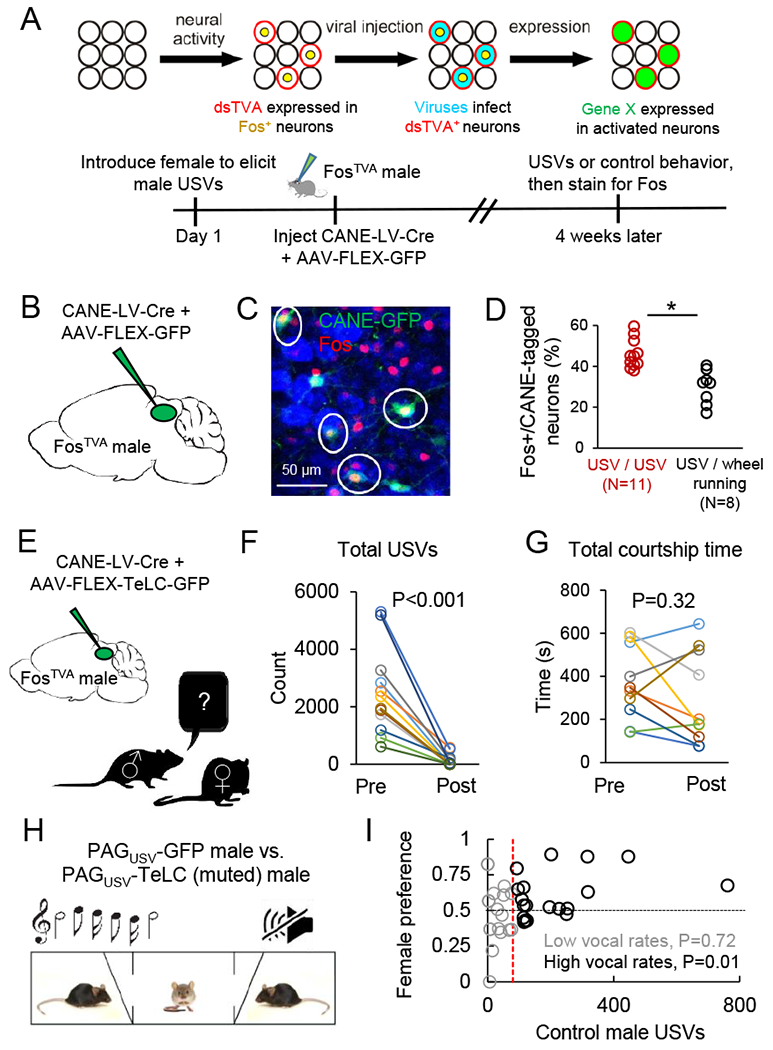Figure 2. The production of courtship USVs requires PAG-USV neurons and promotes female social affiliation.

(A) Schematic of the CANE method (top) and the experimental time line to permanently express transgenes in PAG-USV neurons using CANE (bottom). (B) Schematic of the viruses injected into the caudolateral PAG of a FosTVA male following a vocal encounter with a female to label PAG-USV neurons with GFP. (C) Confocal image showing overlap between CANE-GFP-labeled PAG-USV neurons (green) after USV production toward a female and Fos (red) induced by a subsequent vocal encounter with a female. (D) Quantification of the overlap between CANE-GFP-labeled PAG-USV neurons and Fos expression elicited by USVs (red points) or by wheel running in the home cage (black). (E) Schematic of the viruses injected into the caudolateral PAG of a FosTVA male to express tetanus toxin (TeLC) in PAG-USV neurons. (F) Blocking neurotransmitter release from PAG-USV neurons with CANE-driven expression of TeLC abolishes the production of male courtship USVs (N = 12 mice, p < 0.001, Wilcoxon signed-rank test). (G) Blocking neurotransmitter release from PAG-USV neurons has no significant effect on total time spent courting a female (p = 0.32, Wilcoxon signed-rank test). (H) Schematic of the three-chambered test. (I) Vocal output of the control PAGUSV-GFP male is plotted against female preference for that male (> 0.5 is preference for control male)). N = 37 tests from N = 5 PAGUSV-TeLC mice each paired against 1-3 PAGUSV-GFP controls, with each TeLC/GFP pair tested with 2-4 females. The red vertical line indicates where the dataset was split into low vocal rate trials (gray) and high vocal rate trials (black). See also Fig. S2.
